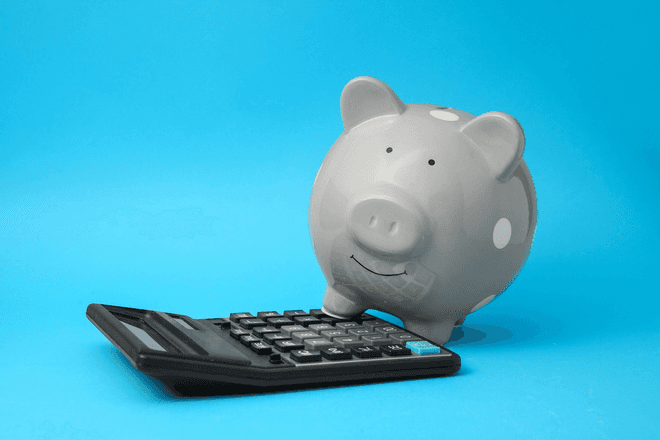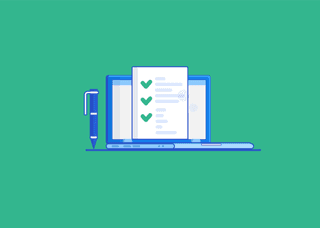For most people, a retirement account is something like a piggy bank. They want it to be simple, to occasionally drop in a few coins, and hope that it adds up over time. But maybe you’re not like most people. Maybe you want to exercise a little more control in your retirement account—and you’re interested in how you can do that. If you are, we recommend checking out the Self-Directed Solo 401(k) as a potential avenue for your retirement strategy. Not only is this a unique style of account, but using checkbook control within the account can help you get far more control than you might have ever imagined. Let’s explore.
Explaining the Self-Directed Solo 401(k)
A Self-Directed Solo 401(k) plan is an option for people with companies like sole proprietorships, limited liability companies, or partnerships/corporations, provided you meet a few criteria. It’s essentially a 401(k) plan, but one that you open yourself rather than through an employer sponsor. And once you do have this plan open, you have all sorts of options for making different styles of retirement investing possible.
Checkbook Control via a Self-Directed Account
One of the best features of the Self-Directed Solo 401(k) is the option for plan participants to exercise checkbook control over their retirement funds. This means that you, the account holder, will have direct access to how your funds are invested. You can then make investment decisions quickly and independently—no need for approval from a custodian or trustee. With checkbook control, you have the flexibility to seize investment opportunities as they arise. This is the kind of freedom proactive retirement investors tend to love.
Roth Provision: Another Option to Explore
Another attractive feature of the Self-Directed Solo 401(k) is the built-in Roth provision. This provision enables you to make contributions without any income restrictions. Unlike traditional retirement accounts, where eligibility for Roth contributions is subject to income limits, the Self-Directed Solo 401(k) has some added flexibility. This provides an opportunity for tax-free growth, as well as potentially tax-free distributions in retirement. Explore it with a tax professional to see how it can enhance the efficiency of your retirement savings.
Easy Administration
Managing your Self-Directed Solo 401(k) couldn’t be simpler. As the trustee of the plan, you have full control over the administration and operation of your retirement account. This means you’re not reliant on third-party custodians or administrators to handle transactions or paperwork on your behalf. Instead, you have the freedom to oversee your Self-Directed Solo 401(k) with ease.
With a Self-Directed Solo 401(k), the investment possibilities are virtually limitless. You can access all sorts of options. Real estate and private lending to limited liability companies, precious metals, tax liens, and more—you’ll be able to explore the full gamut of possibilities with a Self-Directed account. Whether you’re interested in passive income through rental properties or seeking growth potential through alternative investments, the Self-Directed Solo 401(k) offers the flexibility to tailor your investment strategy to your unique financial goals and preferences.
Exemption from UDFI
One significant advantage of the Self-Directed Solo 401(k) is its exemption from unrelated debt-financed income (UDFI) tax. This means that you can leverage your retirement funds to purchase real estate using financing without triggering UDFI tax, potentially. This could save you thousands of dollars in taxes, depending on your situation. By leveraging debt within your Self-Directed Solo 401(k), you can amplify your investment returns and accelerate wealth accumulation. And you can do it while enjoying the tax benefits of the retirement account structure.
Contact TurnKey IRA at 844-8876-IRA (472) for a free consultation. Download our free guide or visit us online at www.turnkeyira.com.











